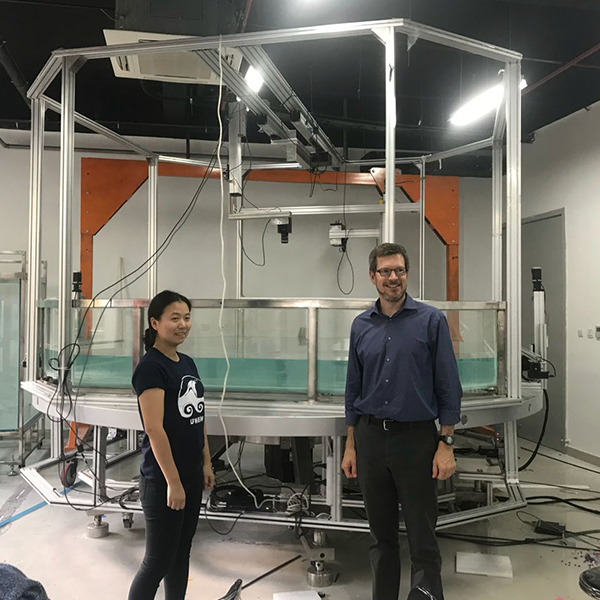-

7 Challenges In Industrial Robotics
From a simple robotic arm to widespread implementation, there have been many challenges for industrial robots to overcome, including high prices and complex hardware. Early examples were hampered by their infrastructure, having to rely on things like tracks, rails or magnets. They also relied on...Read more -

Frequently Asked Questions About Gantry Systems
What is a gantry system? A gantry system is a mechanical structure designed to move objects or tools in one or more linear or rotary axes. It is typically comprised of a framework, linear rails or guides, and motors, which work together to provide precise and controlled motion. What are the diff...Read more -

Gantry System Applications
Gantry systems are versatile and can be found in a wide range of applications across various industries. They are particularly popular in manufacturing and assembly processes, material handling, and testing or inspection procedures. The flexibility of gantry systems allows them to be customized ...Read more -
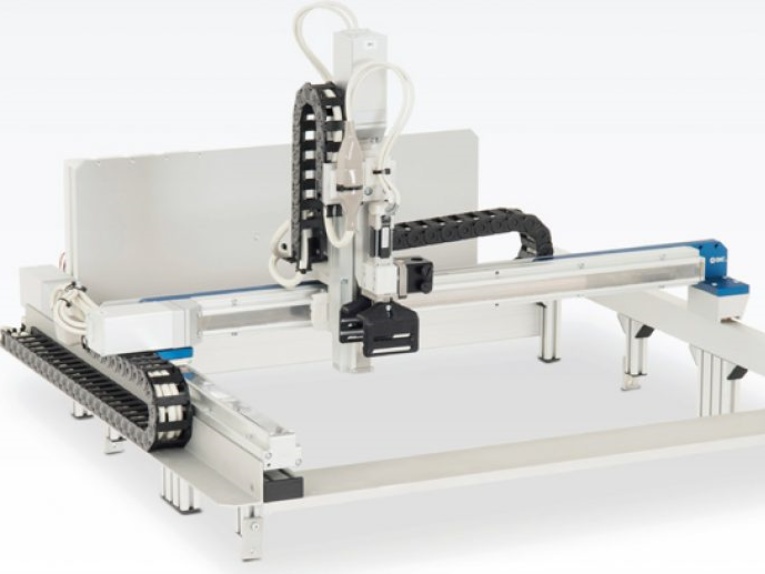
Gantry System Design Considerations
When designing a gantry system, several factors must be considered to ensure the system operates efficiently and reliably. These factors include load capacity, positioning accuracy, repeatability, and overall system rigidity. A thorough understanding of these considerations is essential for sele...Read more -
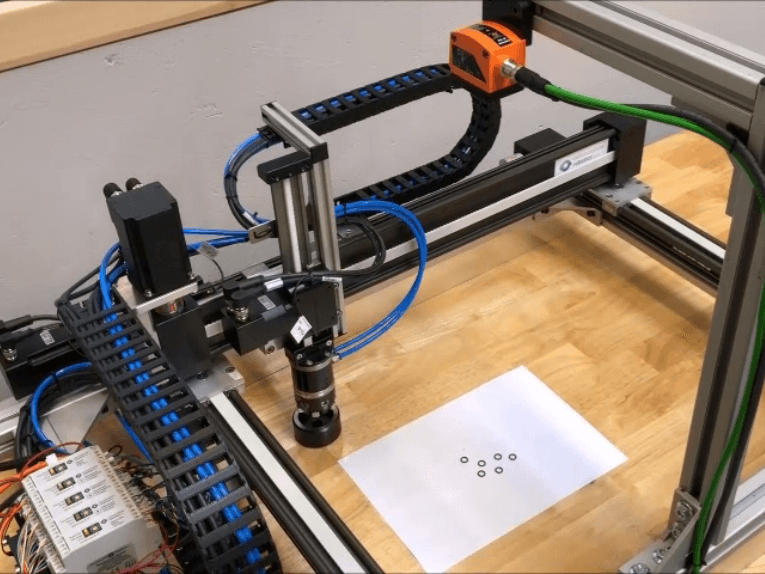
Types of Gantry Systems: Cartesian, Polar and Cylindrical Robot.
Gantry systems are versatile mechanical structures that can be used in various applications, from material handling to precision machining. There are several types of gantry systems, each with its unique characteristics, advantages, and limitations. Understanding the different types of gantry sy...Read more -
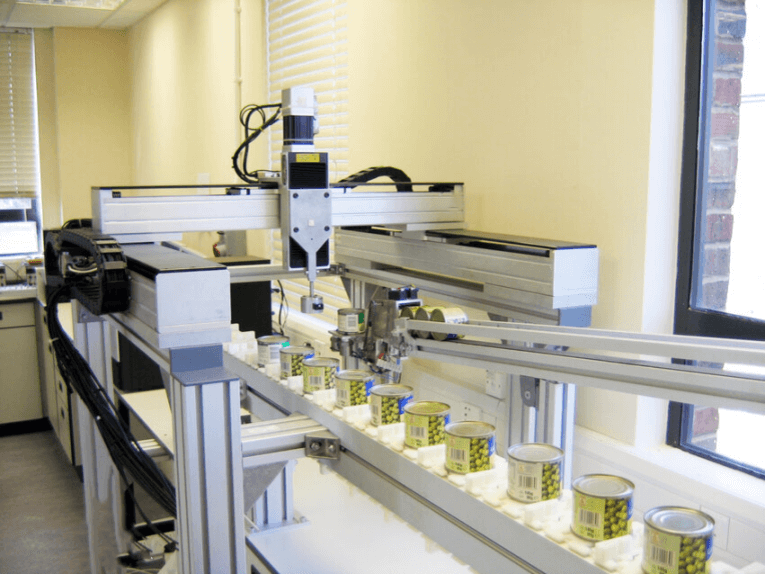
A Comprehensive Guide to Understanding and Implementing Gantry Technology
Gantry systems are industrial robots with a mechanical framework that uses a movable trolley over a linear bridge. They have become an indispensable part of various industries due to their unmatched precision, speed, and flexibility. Introduction Gantry systems have become an integral part of va...Read more -
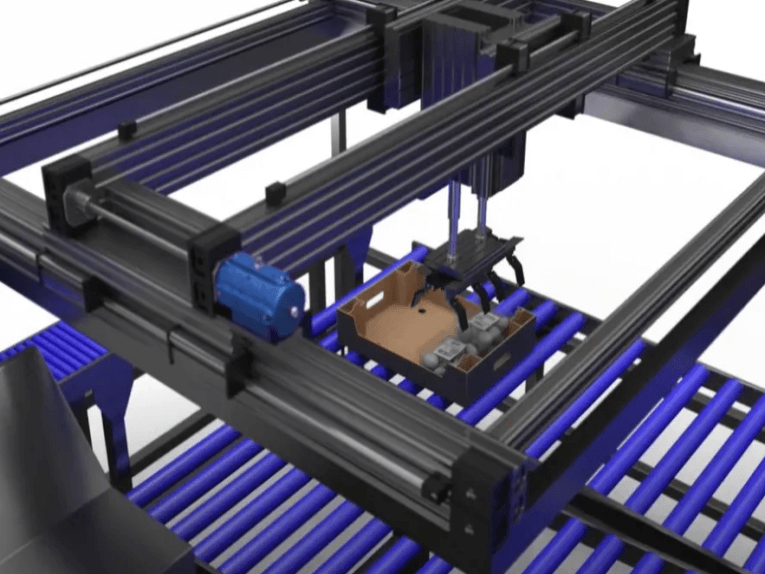
Using Linear-Shaft Motors in Parallel
Most people think of parallel-drive systems as those found in Cartesian/gantry robots. But parallel-drive systems can also be viewed as two or more linear motors working in parallel from a single drive controller. This covers the Cartesian/gantry-style robots plus other major areas of motion con...Read more -
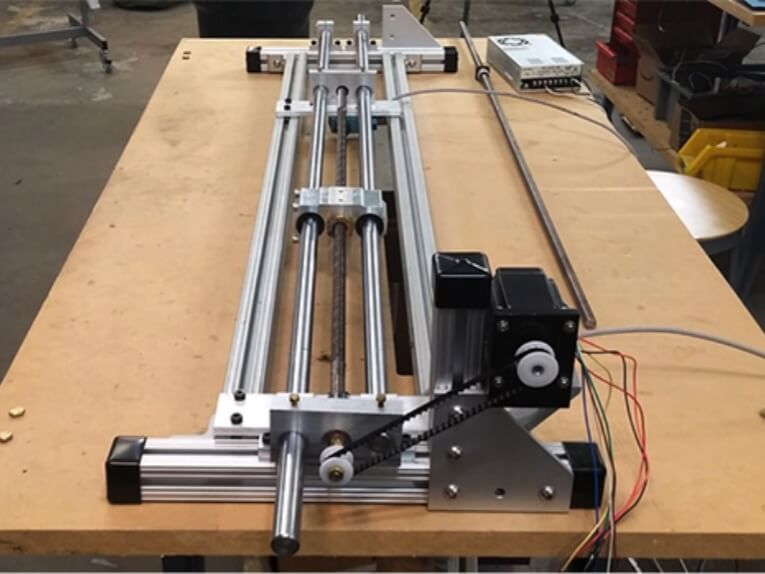
The Advantages of Using Precision Linear Motors
Precision Linear Motors Precision linear motors are electric motors that are designed to provide highly accurate and repeatable linear motion. They are commonly used in a wide range of industrial applications, including robotics, medical devices, and precision optics. Types of Precision Linear M...Read more -
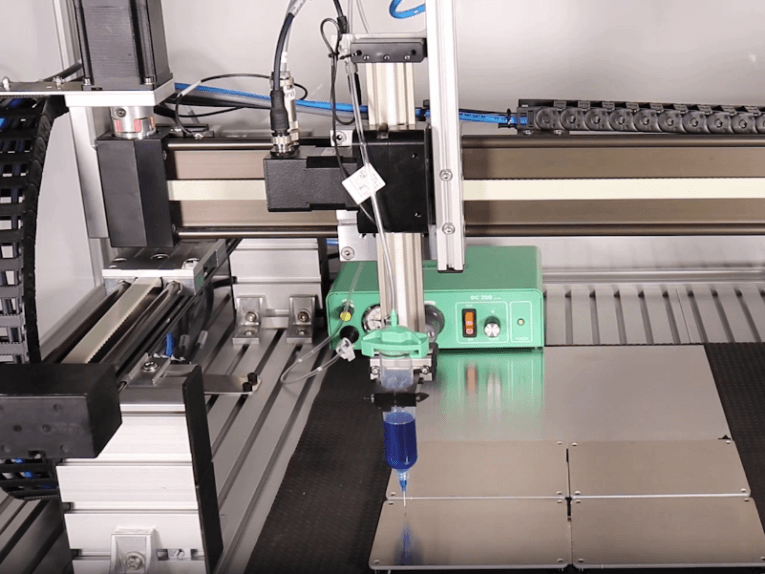
3 things to consider when choosing a linear servo motor
Complete linear motor stages – including base plate, linear motor, linear guides, encoder and controls. Direct drive linear servo motors have seen a measurable increase in adoption over the past several years, thanks in part to end users’ demands for higher throughput and better precision. And a...Read more -
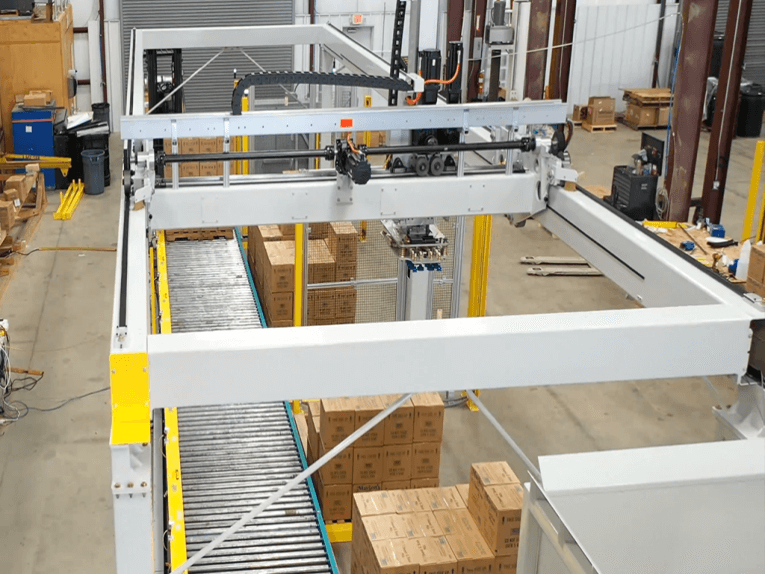
CARTESIAN GANTRY ROBOTS – Benefits and Applications
SCARA and articulating arm robots might be the most recognizable form of robot on the market today, but look to gantry robots for getting the big jobs done in the least amount of space. Gantry robots, also called Cartesian robots, are almost ubiquitous with automation but still are not quick to ...Read more -
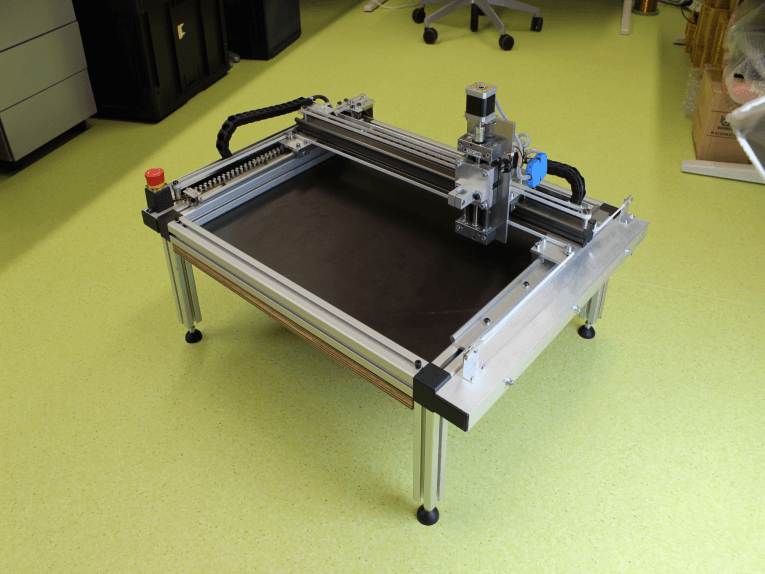
Should You Buy a Robot or a CNC Machine?
5 Differences Between Robots and CNC Machines Besides the tasks you can achieve with them, there are performance and quality differences between the two technologies. Here are 5 of them: Workspace — The workspace of a CNC machine can usually be defined as a small cube. Robots, by contrast, usual...Read more -
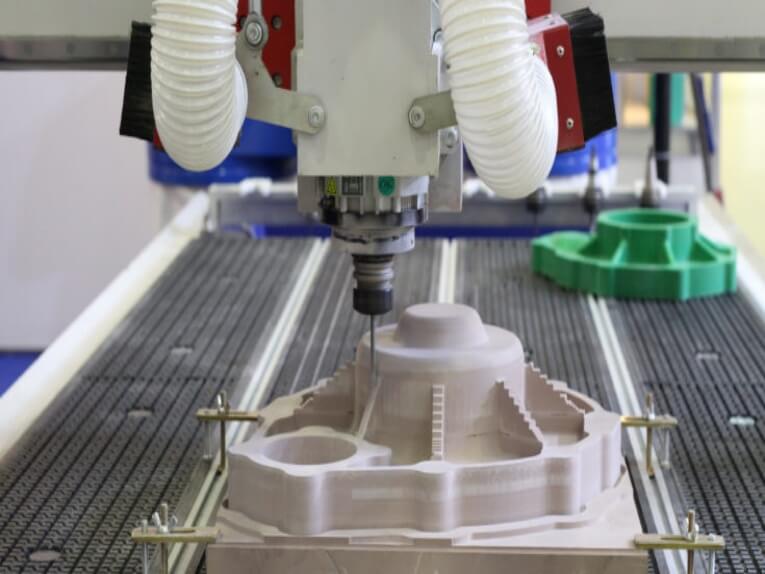
The Importance of CNC Robotics in Manufacturing
CNC machining has transformed the manufacturing world without a doubt, and the effects of that can be seen on a daily basis. Manufacturing has become faster, goods have attained better quality, and they are a number of other improvements that have come into effect in the manufacturing ...Read more

